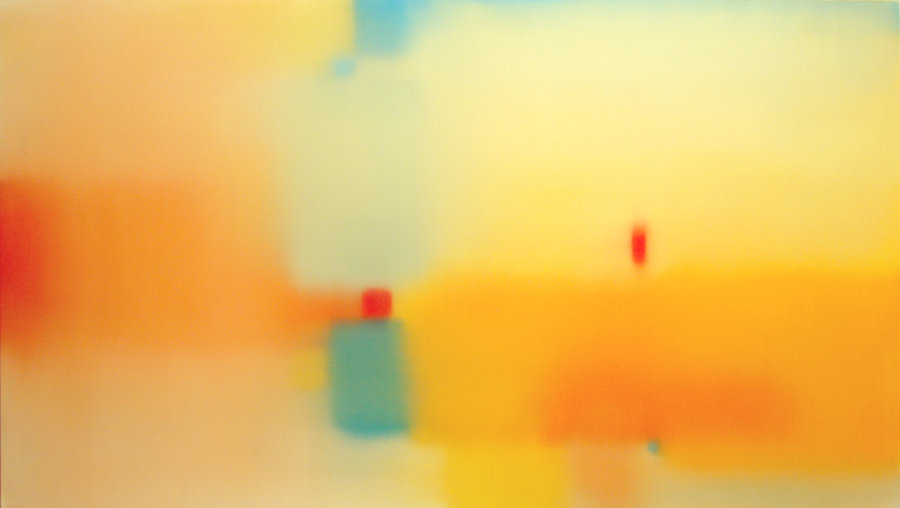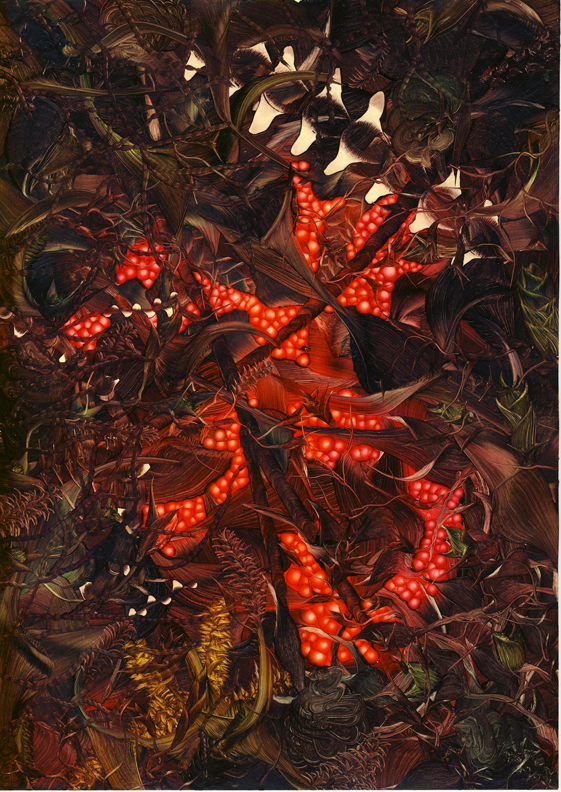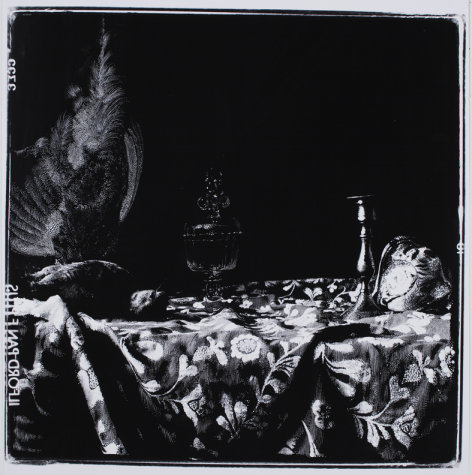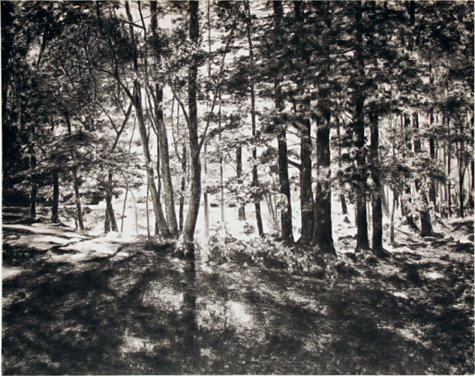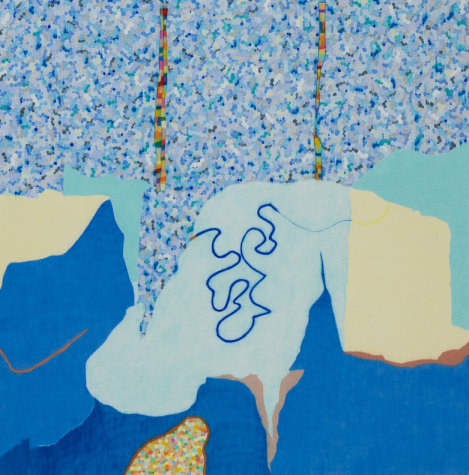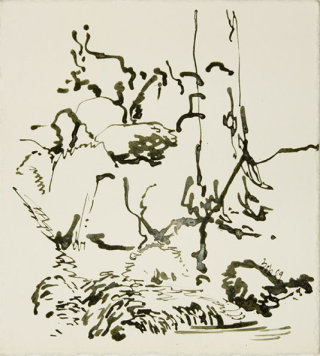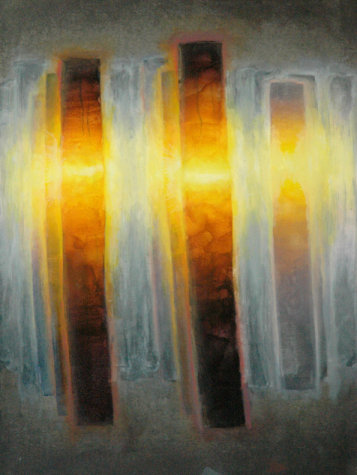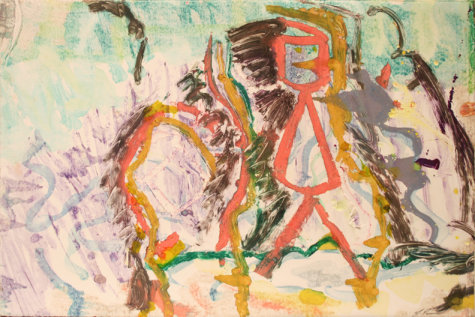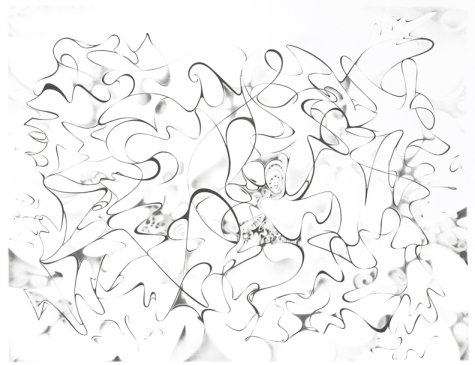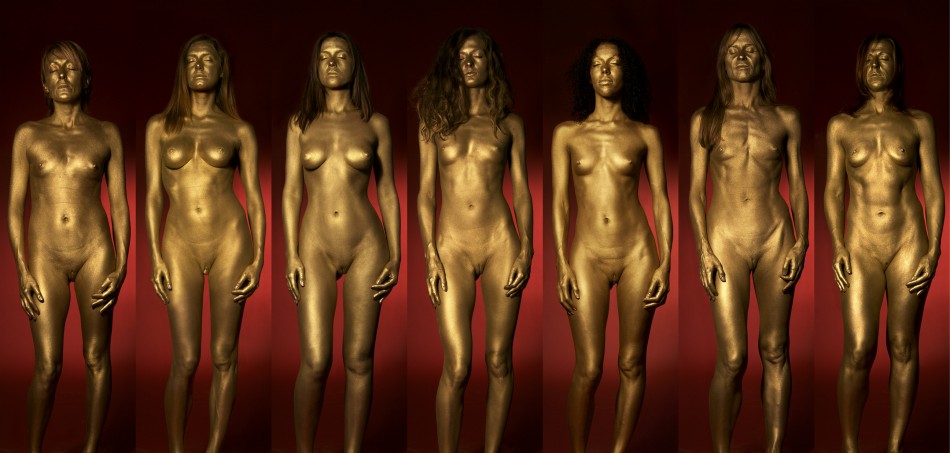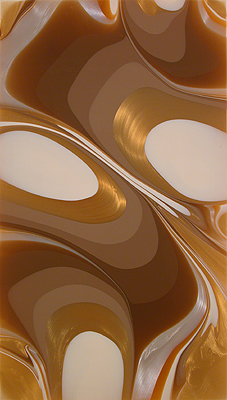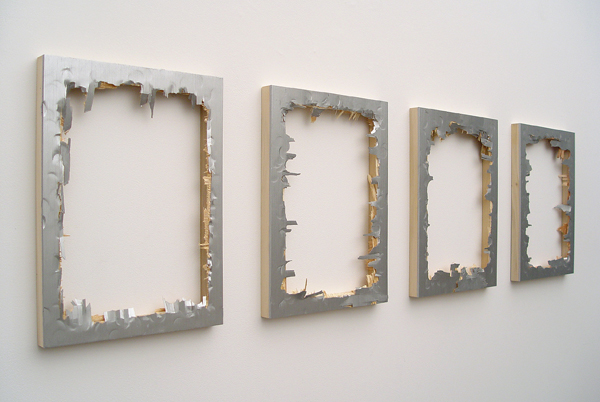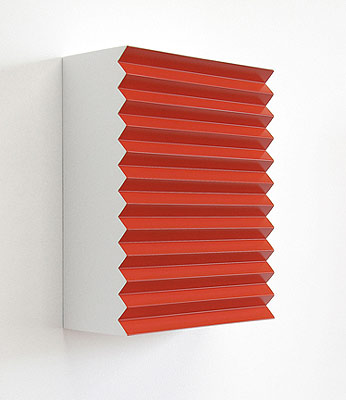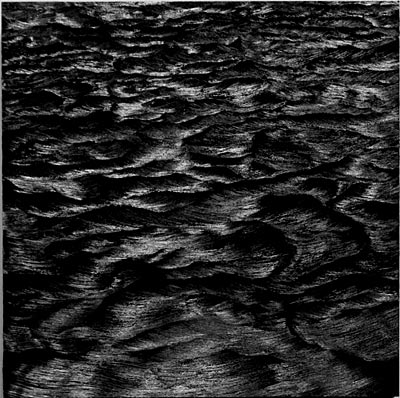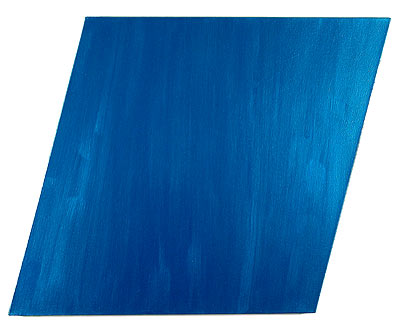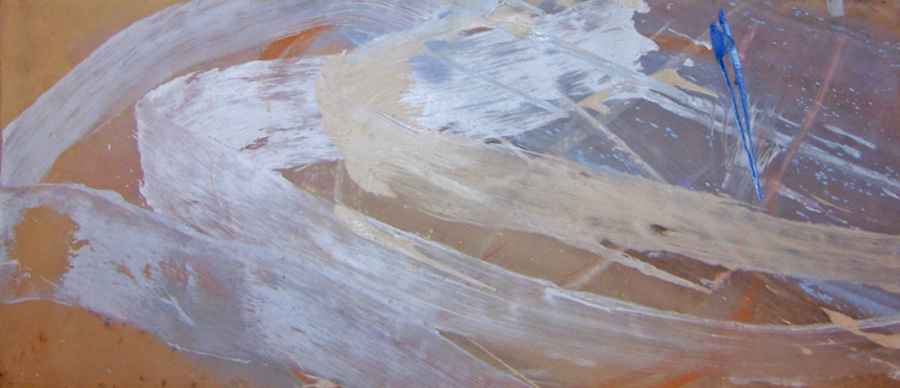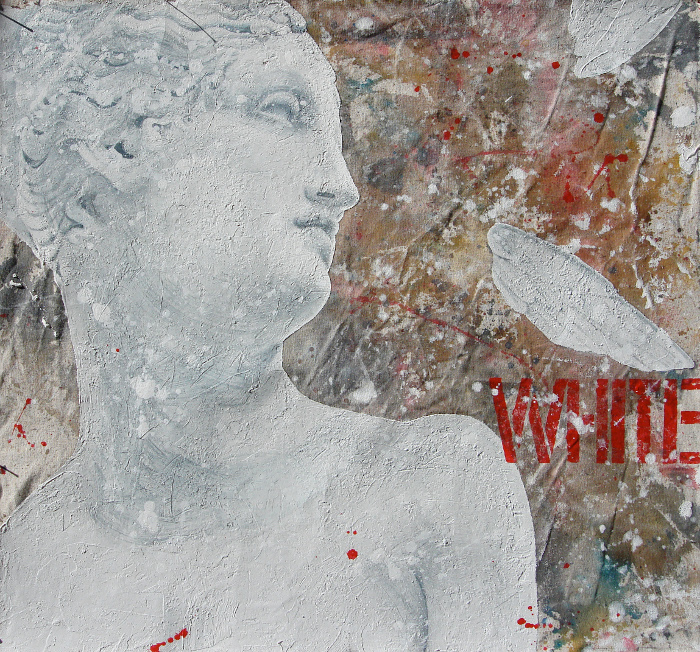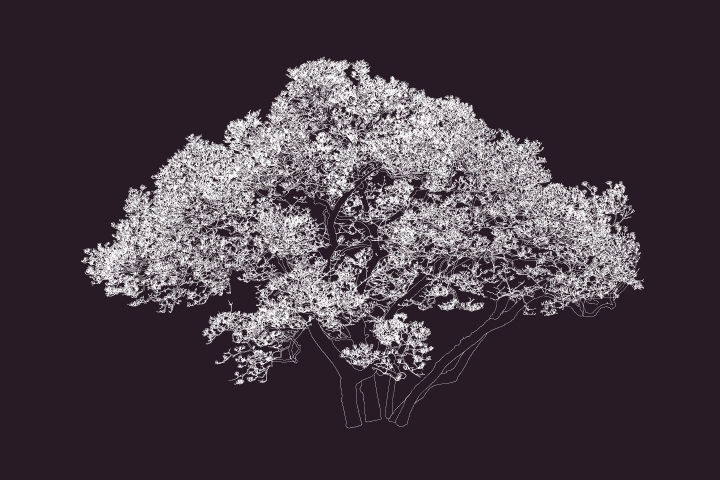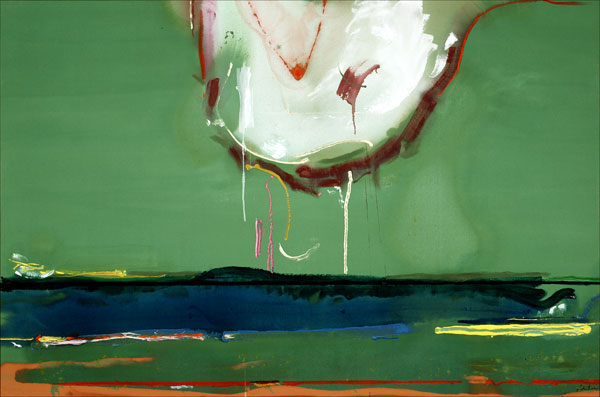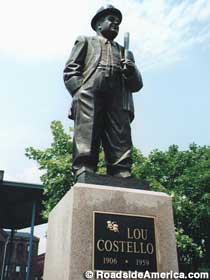
DUH
Things have been quiet. Too quiet. Maybe it's because they know I'm watching, just waiting for the moment when they write something inane, moronic or just plain stupid, waiting for that moment to pounce! And put them on my blog.
But probably not. More likely it's just been quiet. Very little going on in Dumbbell Land lately, I guess. Still, I noticed a couple of things.

She's not even trying any more, is she? Clearly, when one jabbers out gobbledygook like this, one has given up even making perfunctory stabs at coherence. Like "the deprofessionalization of art as a form of professionalization" -- yes, he nodded, that makes perfect sense. And "the idea that unlike earlier times in which only the upper class had time to produce art and text for millions who have no time to view them, now millions of people are creating work for a select few who have no time to view it" -- now incomprehensible in any human language!
I can only hope Paddy hopelessly failed to understand or grasp anything said by Mr. Groys, but considering the talk was of interest to both her and Tom Moody, I honestly don't have the stomach to attempt to read much more.

Keeping Paddy's attempt at writing justified, alas, is the Village Voice, which has listed her blog with 17 other "obsessive, cantankerous, and unstoppable Gotham blogs worth going ape over". Since the Voice has devolved to basically nothing but cheap newsprint for putting under your overbred apartment-sized idiot dog and online softcore porn with a side of limp art criticism, I suppose it shouldn't be shocking when they can't tell their ass from a badly-written blog, but it's still dispiriting. But the list of ridiculous superlatives is 33% correct: So far Art Fag City and the rest have been unstoppable.
Also, Paddy gave this great quote, which is particularly brilliant when juxtaposed with the preceding item in my list: "What I've been trying to do here is make things clear for people who don't spend every living moment in the art world, and give them a set of tools with which to look at contemporary art and engage with it." Uh huh.

Everyone wants to get on the clearfication of complicatinated artstuff for the masseslikepeople wagon of bandness: Joining the cacophony is Leah Triplett who writes, "Perhaps due to its focus on new media art, Younger Than Jesus, was almost completely devoid in painting of quality. By quality, I mean that which stand the test of time because of their enduring reverberation in one’s mind -- if they are made from ephemeral materials or not."
Perhaps, due to its, overuse of commas, this sentence, fails to get its verbs and nouns, to match up. Children raised by wolves have an easier time putting together working statements than that. What, pray tell, is a "comically chilling small-scale oil [painting]?" Is "comically chilling" like "hilariously deadly" or "politely flatulent"?
Perhaps all art writing on the Web has been outsourced to some indigenous Amazon rainforest tribe whose only contact with English is a promo t-shirt for the I Can Has Cheezburger book.
But no, that's just me making up likely-sounding excuses for them. Fact is, they're just bad writers.

And finally, proof that when the art world gets it right, it still gets it wrong: Michael Landy's latest work of art is a giant, transparent bin in which to throw away works of art. There are a number of problems with this piece, towit:
- Artists are being asked to submit works of art. We shouldn't ask artists, we should just throw out their crap.
- The artists being asked are certainly worthy of being binned -- Hirst, Emin, and a few other disasters. Sadly, they've been asked to contribute work they consider failed -- a tall order. How does one tell a failed Emin from a successful one? How unwashed the sheets are?
- The bin -- with a volume of 600 cubic meters -- is transparent. This is huge mistake, since clearly no one in their right mind wants to see any of this crap again.
- Lastly, the bin cannot be put into itself.
Perhaps it's too much to ask for, but maybe Damien's next work can be vitrines containing the bodies of the Young British Artists, himself included.

